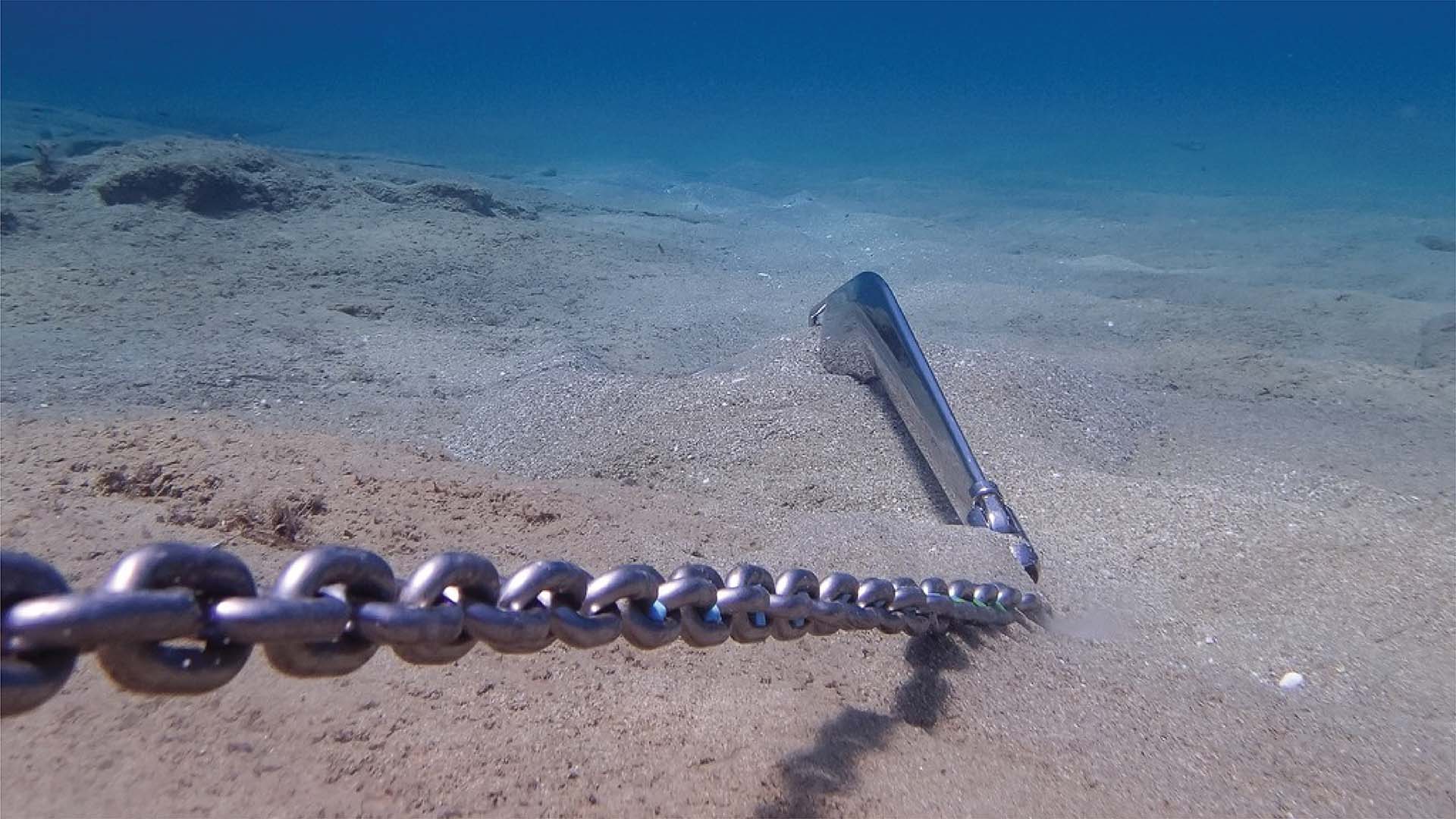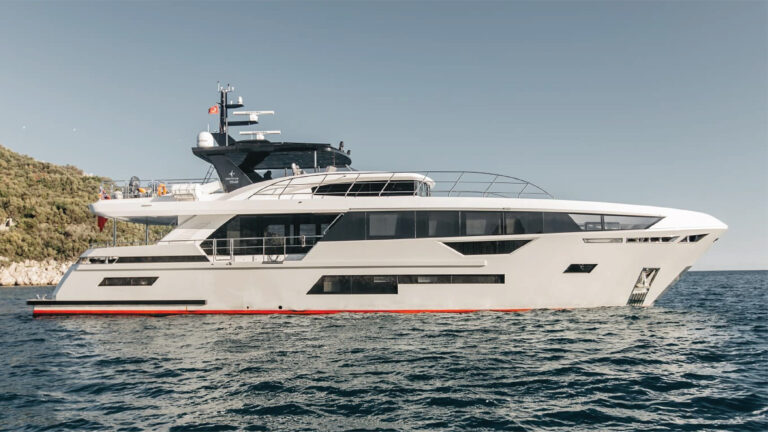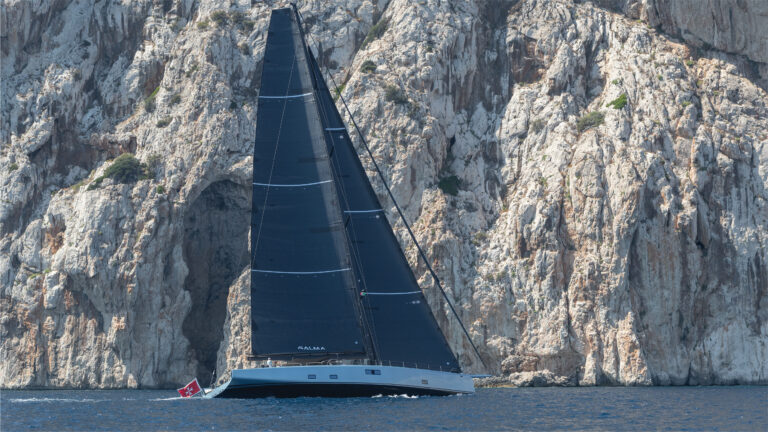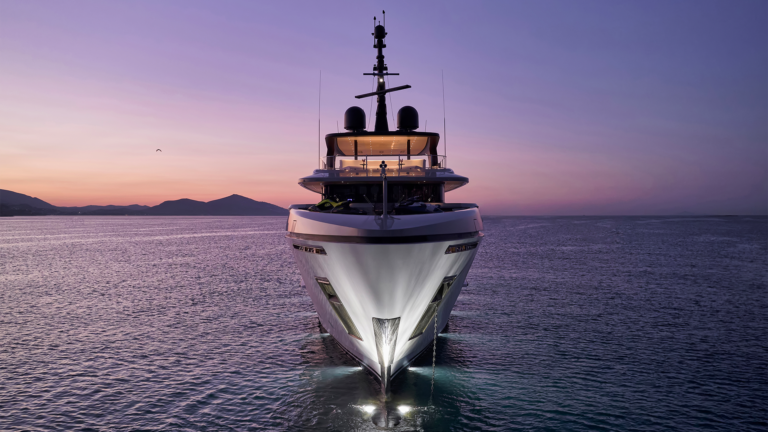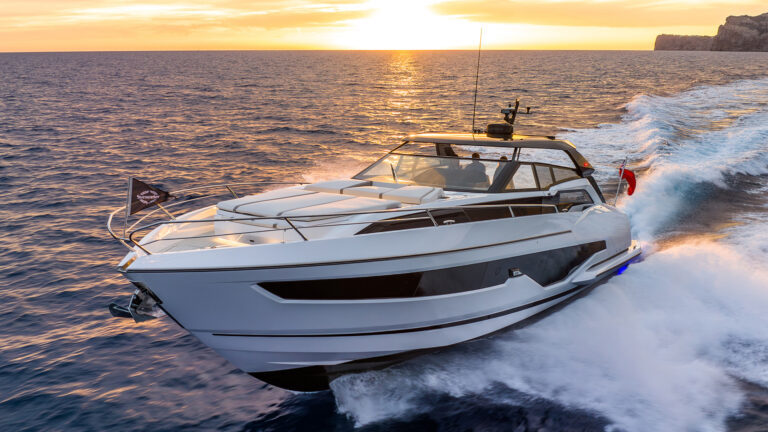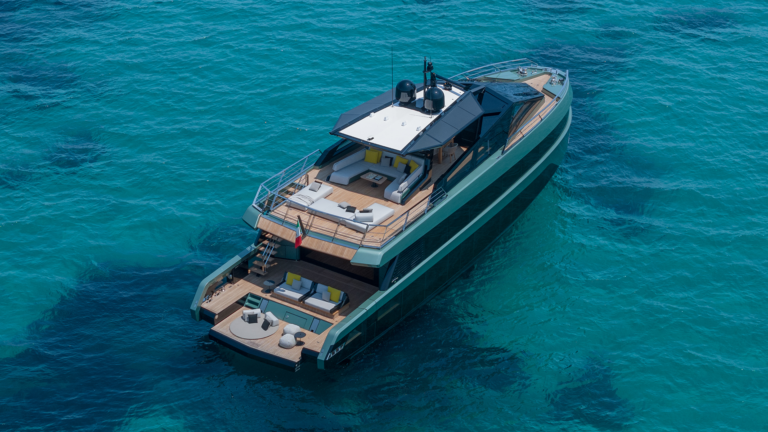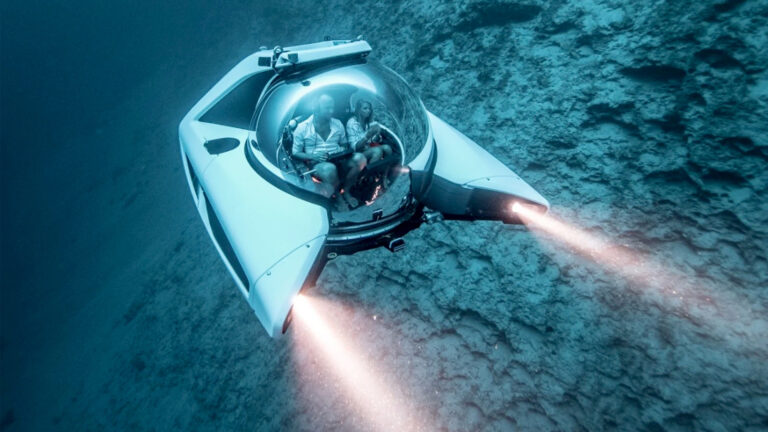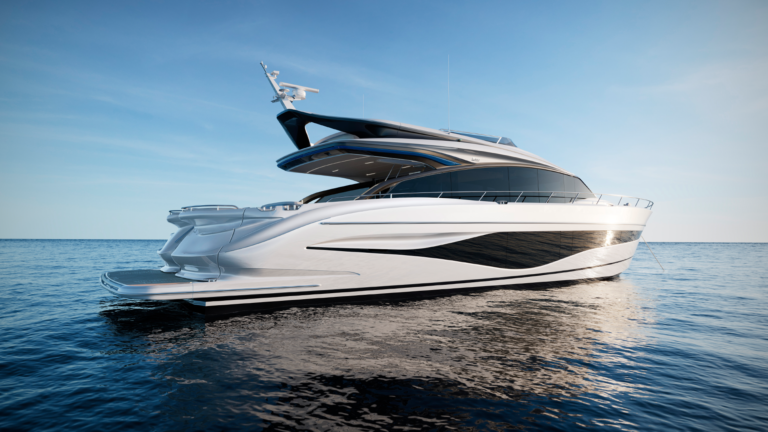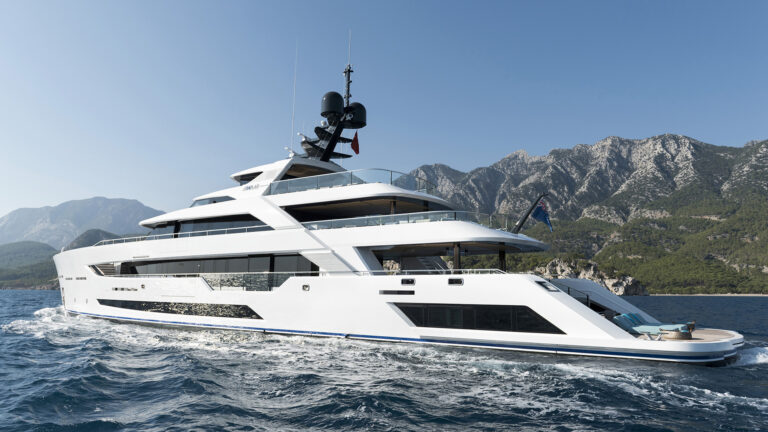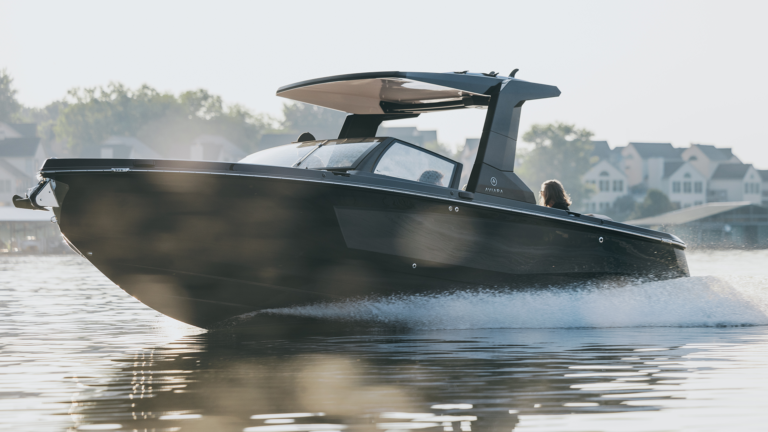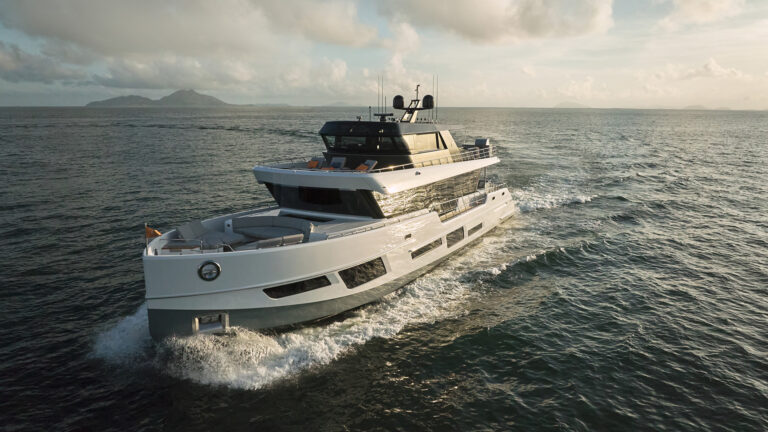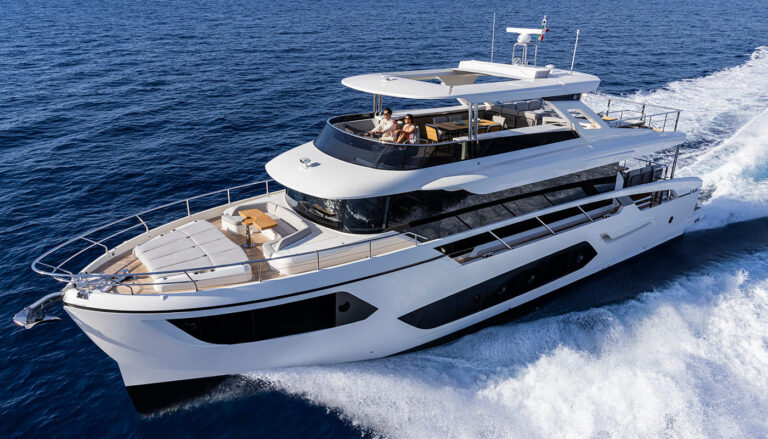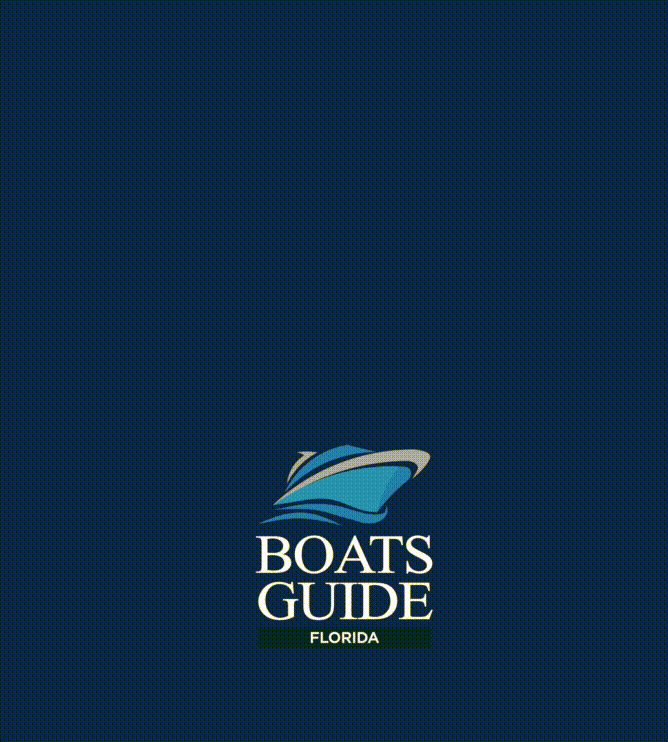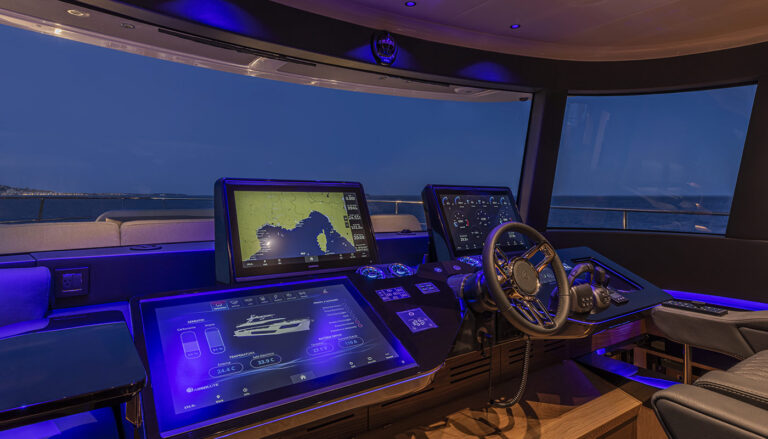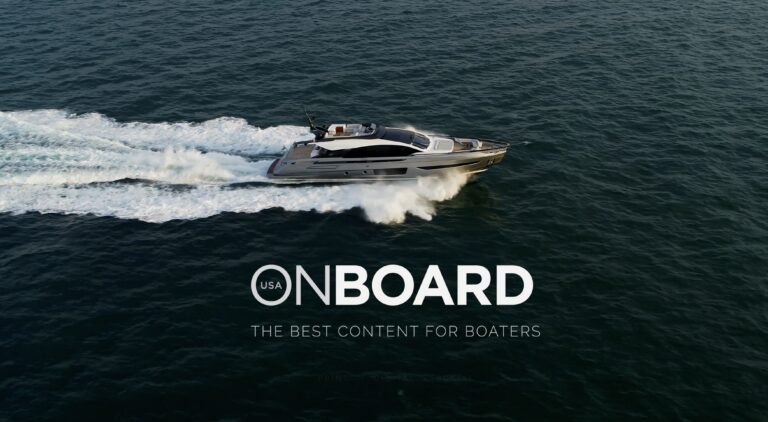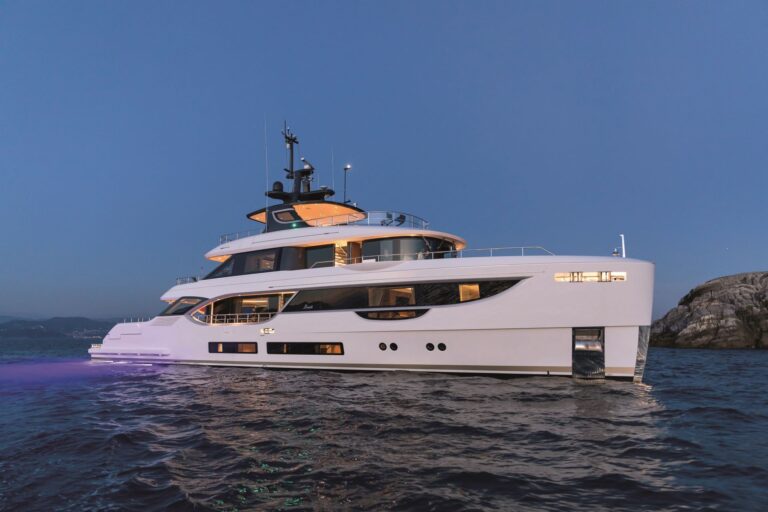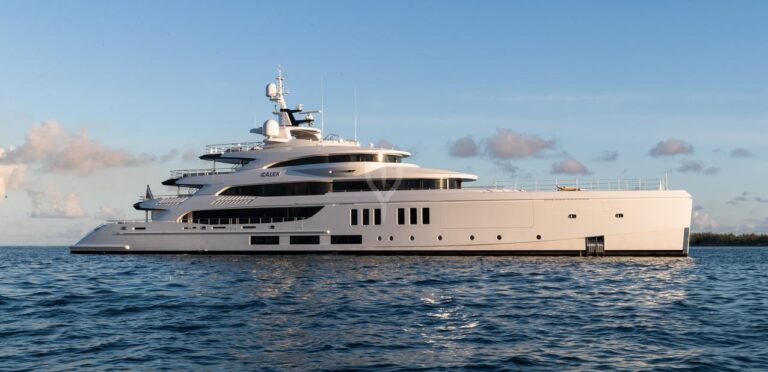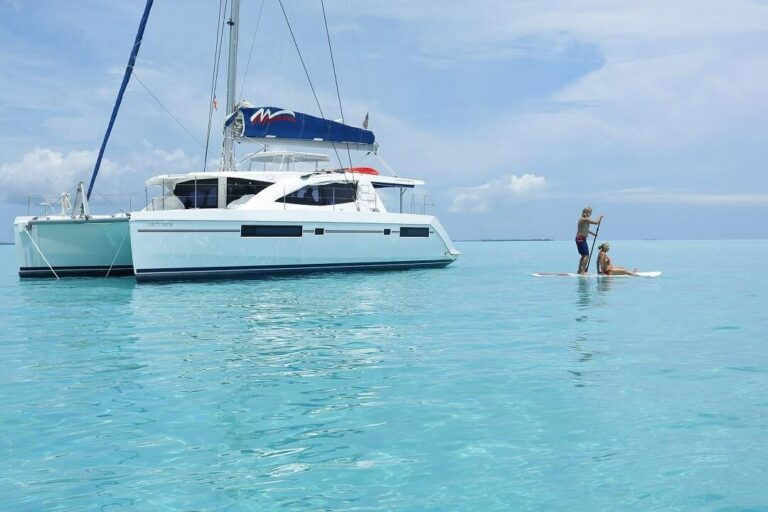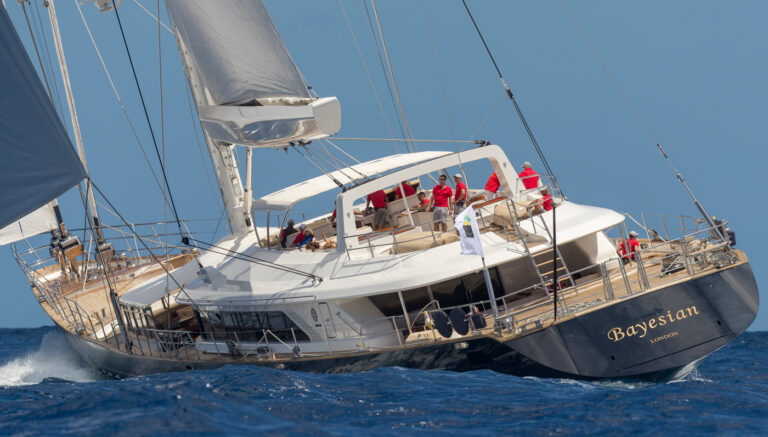Undoubtedly, anchoring is one of the most critical maneuvers performed on board. Its correct execution depends on the Boat being well secured in the chosen spot and preventing displacements that could lead to accidents and unpleasant moments.
The first thing to know is the elements of the “anchoring system.” These are the bow winch or windlass, the anchor (which depends on the length and weight of the Boat), and the chain. In small boats, a mixed system of chain and rope (strong, flexible, and with a high coefficient of stretching) is expected to be used so that the chain does not damage the deck and sides if it rubs against them.
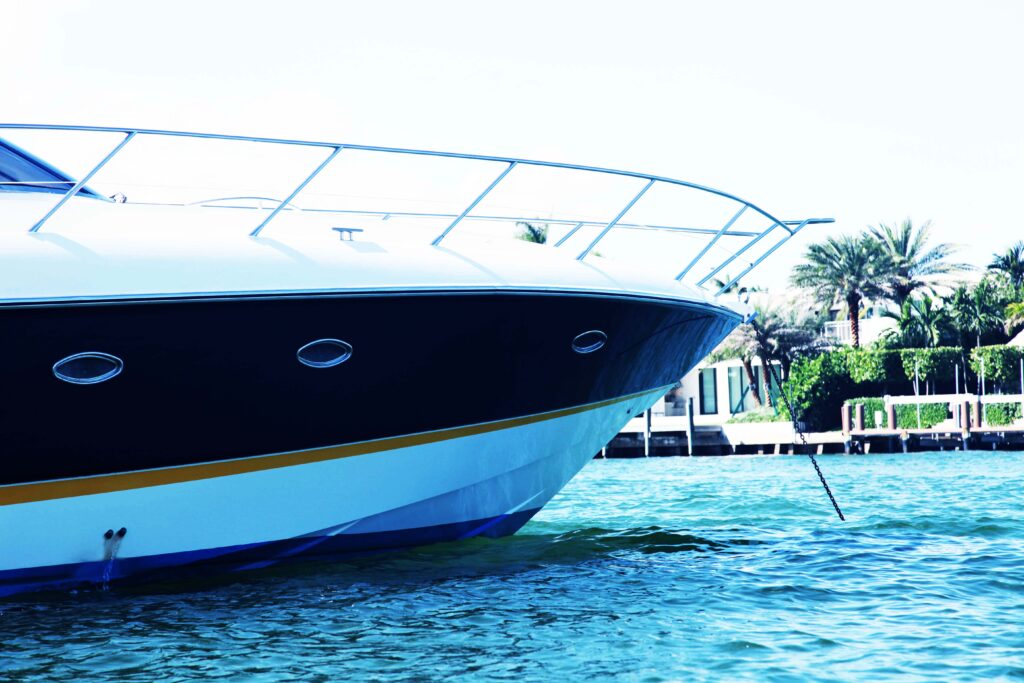
Let’s look at some of these components in detail: When organizing the trip, it is important to know what type of seabed will be at the place where you plan to anchor to ensure you have the correct type of anchor for that seabed (keep in mind that rocky, stony, or seaweed bottoms do not offer good grip, while coarse sand bottoms are optimal). Some of the most common types of anchors we can find are:
CQR or Plough: it is one of the most popular and effective anchors and works for bottoms like sand, mud, stones, and seaweed. It is not very recommended for rocky bottoms. When it drags, it does so smoothly and uniformly.
Bruce: has an excellent grip capacity and rights itself, so it is good when there is no room to release a lot of chain. It is very heavy and grips exceptionally well on soft bottoms.
Danforth: one of the most used, especially in smaller boats, it is optimal for sandy bottoms.
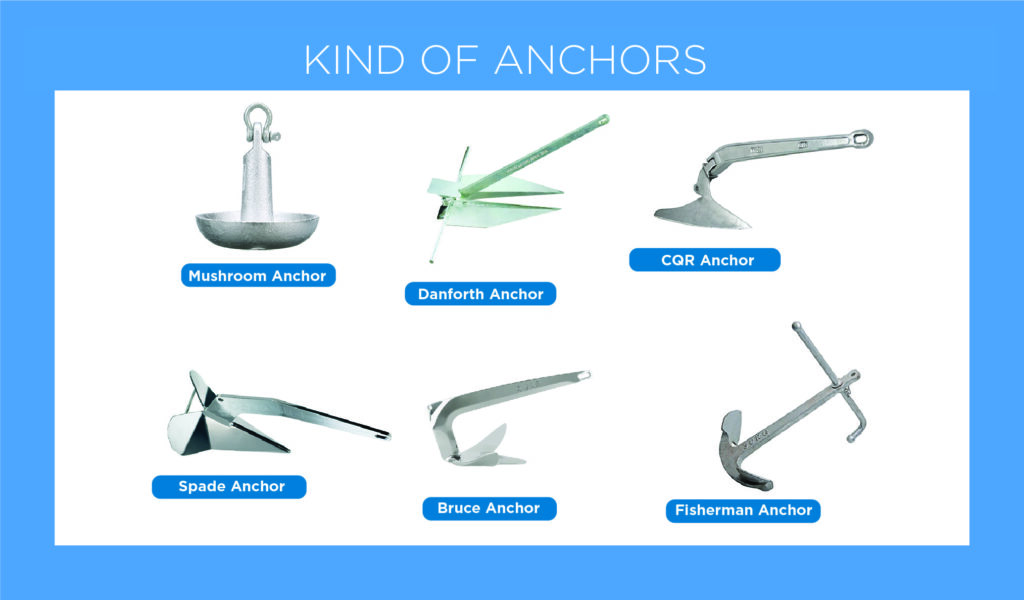
Furthermore, the chain should have the thickness and link diameter in accordance with the dimensions of the Boat. It is advisable to paint some links at a set number of meters to have visual control of the amount of chain being released.
With this clarified, let’s go to the maneuver itself.
The first step is to choose where you are going to anchor. For this, select a place protected from the wind and prevailing waves in the area (especially if you intend to stay there for an extended period). This is because if the wind and waves increase in intensity, they will produce annoying jolts that can cause the anchor to detach from the bottom or break one of the elements.
Of course, when choosing the place, you must foresee that the Boat can turn in a circle around the anchoring point either by the action of the wind, the current, or both. Therefore, leaving a distance equivalent to the Boat’s length, plus the meters of chain released, in relation to neighboring boats (see graphic) is essential for peace of mind. For example, if 30 meters of the chain are released in a place with 5 meters of depth, and the Boat is 10 meters long, we will have a possible swing circle of about 35 meters in radius. Therefore, you must be sure that everything is clear in that circle.
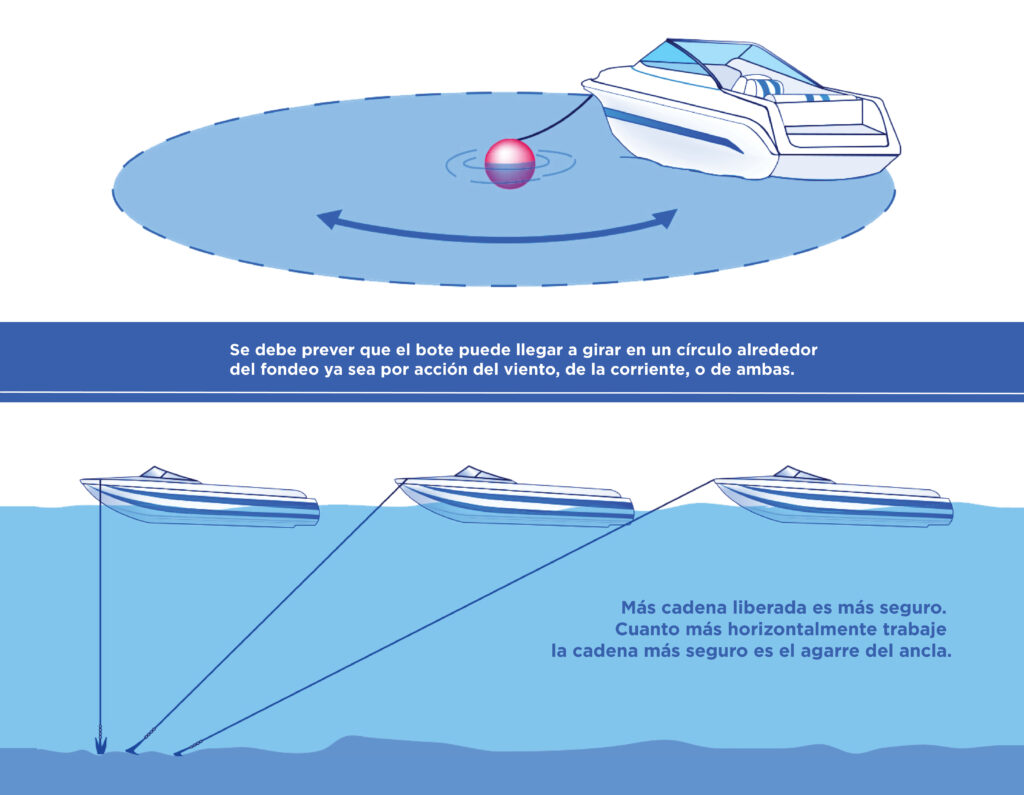
Then, check the depth and type of soil indicated by the navigation chart.
Now, the maneuver begins. Remember that the anchor is secured during navigation to avoid a possible detachment dangerously releasing it with the Boat at speed. Before starting the anchoring maneuver, release the anchor and let out a short chain length, leaving the anchor “hanging” from the Boat’s bow, ready to be released. Only then, position the Boat into the wind and move a few meters beyond the chosen spot at a very low speed, always controlling the depth indicated by the instruments.
Stop the Boat and release the anchor, calculating that the length of the chain released should be several meters more than the depth of the place.
Once the appropriate amount of chain is released, wait for the Boat to settle in the correct direction guided by the relationship between wind and current (first, it crosses the wind and then goes backward) until the chain is fully stretched and the anchor digs into the bottom.
Once in position, release the remaining meters of the chain so that it always remains tense and in line with the anchor. In good weather, it is suggested to release between three and five times the depth of the place; in conditions of more intense winds, it is recommended to release up to seven times the depth.
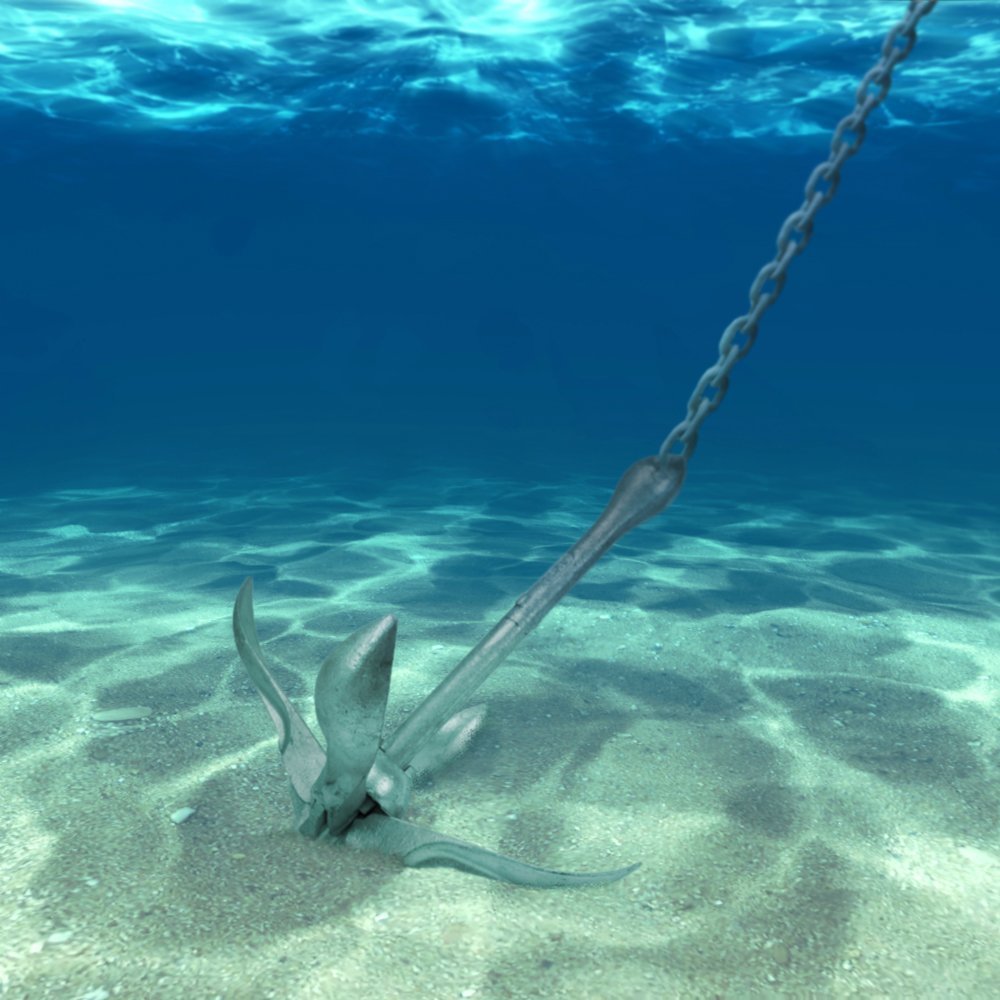
Once the maneuver is completed, check that the Boat is not dragging (it is good to establish a fixed point on the coast to make sure) and observe the anchoring line: if it is always tense and vibrating, it means that the anchor has not grabbed correctly and the Boat is going backward; on the other hand, if we see that the chain tightens and loosens continuously, it means that the anchor is well anchored in the bottom. If the Boat’s navigation instruments include a dragging alarm, activate it immediately after finishing the anchoring maneuver.
Remember to turn on the anchoring lights if the maneuver is done at night.
When you want to raise the anchor, the operation is more straightforward: start the engine and put it in forward gear very slowly while collecting the chain with the windlass. When the chain is in a vertical position, it is time to finish collecting the remaining chain so that the Boat is entirely free. Avoid making abrupt movements so that when the last length of the chain is lifted, the anchor does not hit the hull.
Pay attention:
If there is a change in the direction of the wind or current, observe that the boats around move all in the same direction. This way, awkward situations such as a collision can be avoided.
If too many boats are anchored in the area, do it with a few meters of chain but always without sacrificing the anchor’s grip.
If you spend the night, it is advisable to anchor in a more secluded area, away from neighbors, and check the anchoring with diving glasses. Also, if available, connect the dragging alarm.
And a final recommendation: both this maneuver and the taking and leaving of moorings should be done as discreetly as possible because one of the ways to judge the skill of those on board a boat is not by the maneuvers themselves or the need to repeat them if necessary, but by the shouts and chaos that are generated between the bow crew and the person at the helm. Therefore, as a rule of etiquette, it is good to remember: do not shout, do not run, and do not argue. All that will not be necessary if the maneuver has been planned beforehand.

